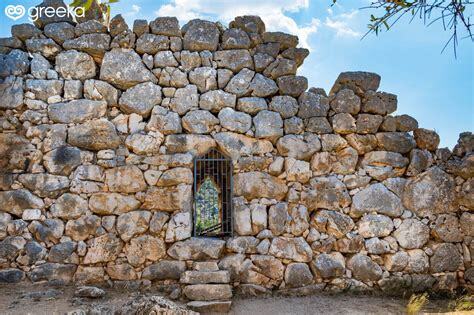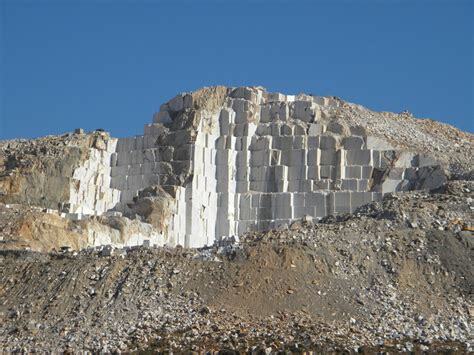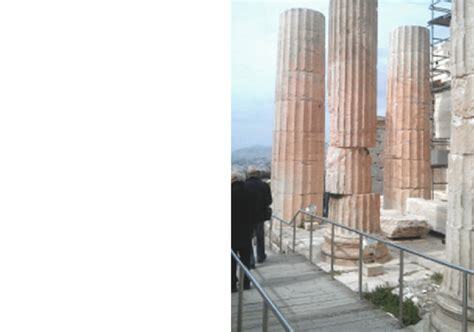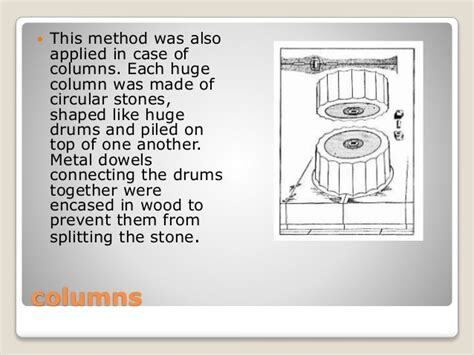Ancient Greek Architecture: From Quarry to Temple

Episode 3: From Quarry to Temple – Building in Stone
Understanding Greek and Roman Technology: From the Catapult to the Parthenon
Dr Stephen Ressler (2013)
Film Review
In this lecture, Ressler covers the mechanics of stone architecture – how the Greeks and Romans extracted stone blocks from quarries, lifted them into place and fitted them together.
In the 12th century BC, Mycenaeans who preceded Greek civilization first perfected a type of stone building described as “Cyclopian.” It involved fitting together differently shaped polygonal stones to make them lock them into position.
In the 9th century, a timber shortage (with the peninsula’s native forests decimated for ship buildings) forced their Greek descendants to resume building with stone. Known as ashlar masonry, the method they devised fitted rectangular blocks in identical horizontal rows and was firmly established by the 5th century. Dresser believes that Greek traders most likely brought the technology home from Egypt.
Greece had abundant limestone and marble quarries, with the latter becoming the preferred construction material by the 6th century BC. Moving stepwise down the quarry walls, quarry workers cut out blocks of marble with iron-tipped double sided picks. After extracting the base of each block with wedges and a sledge hammer, they transported them on wooden rollers pulled by 17 oxen.

Ancient Greek Quarry
They assembled cylindrical marble segments known as drums to build columns.

Following transport, stone masons “dressed” the blocks and drums (to insure their uniformity) using three kinds of chisels (point chisel, claw chisel and rasp chisel).
Using no mortar, Greek stone masons fitted blocks together using a process known as enarthrosis. Recessing the ends of each block so that only the edges made contact, masons also left wedge shaped notches on the upper and lower faces. Construction laborers would fit them with iron connectors to hold them snugly in place.
To hold the marble drums making up each column in place, masons drove hardwood plugs into the center of each drum and drove iron dowls down the center of the plugs.

Greek laborers moved the blocks into place with a temporary ramp allowing them to push them into place on rollers. Later (due to labor shortages), they used construction cranes powered by windlasses.*
*See Technology in Ancient Greece and Rome
Film can be viewed free with a library card on Kanopy.
The Most Revolutionary Act
- Stuart Jeanne Bramhall's profile
- 11 followers



